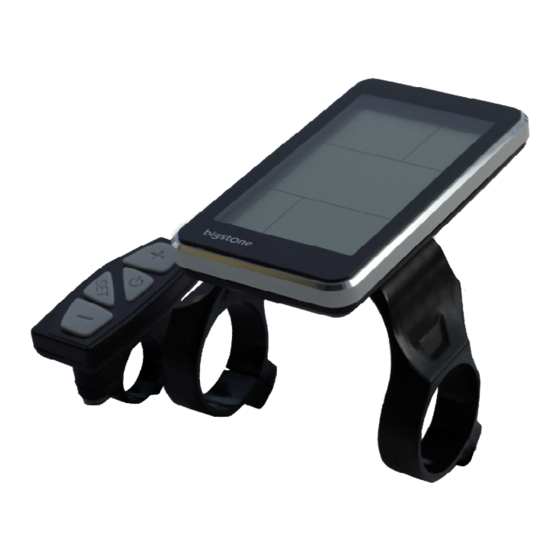A year ago I bought an ebike from dutch Brinckers, the dealer said the electric system is provided by Batavus. The motor is in the front wheel.
It has 9 power levels, 1-9 where 9 is max. If I go a bit past 25 km/h, like 27, the motor will kick out already at about 22 km/h when I am in power level 9. If I change to 8 (which is lower power) it will work just fine, but of cause it only provides the power of level 8. The general formula is that the faster and the longer I go past 25 km/h the longer time level 9 will not work. All other levels works just fine all the time.
It is very frustrating in a hilly city, where I can go with 40 km/h down hill and when I have to go up hill it will be with 20-22 km/h where the bike with my help would go 27 km/h.
The motor isn't just overheating. After going like 30 km/h level 9 will completely stop working for a while but level 8 (and the others) will work just fine. So I will get motor power by going to a lower power level.
Does anybody know about such a behavior? It is quite frustrating in several ways.
It has 9 power levels, 1-9 where 9 is max. If I go a bit past 25 km/h, like 27, the motor will kick out already at about 22 km/h when I am in power level 9. If I change to 8 (which is lower power) it will work just fine, but of cause it only provides the power of level 8. The general formula is that the faster and the longer I go past 25 km/h the longer time level 9 will not work. All other levels works just fine all the time.
It is very frustrating in a hilly city, where I can go with 40 km/h down hill and when I have to go up hill it will be with 20-22 km/h where the bike with my help would go 27 km/h.
The motor isn't just overheating. After going like 30 km/h level 9 will completely stop working for a while but level 8 (and the others) will work just fine. So I will get motor power by going to a lower power level.
Does anybody know about such a behavior? It is quite frustrating in several ways.













